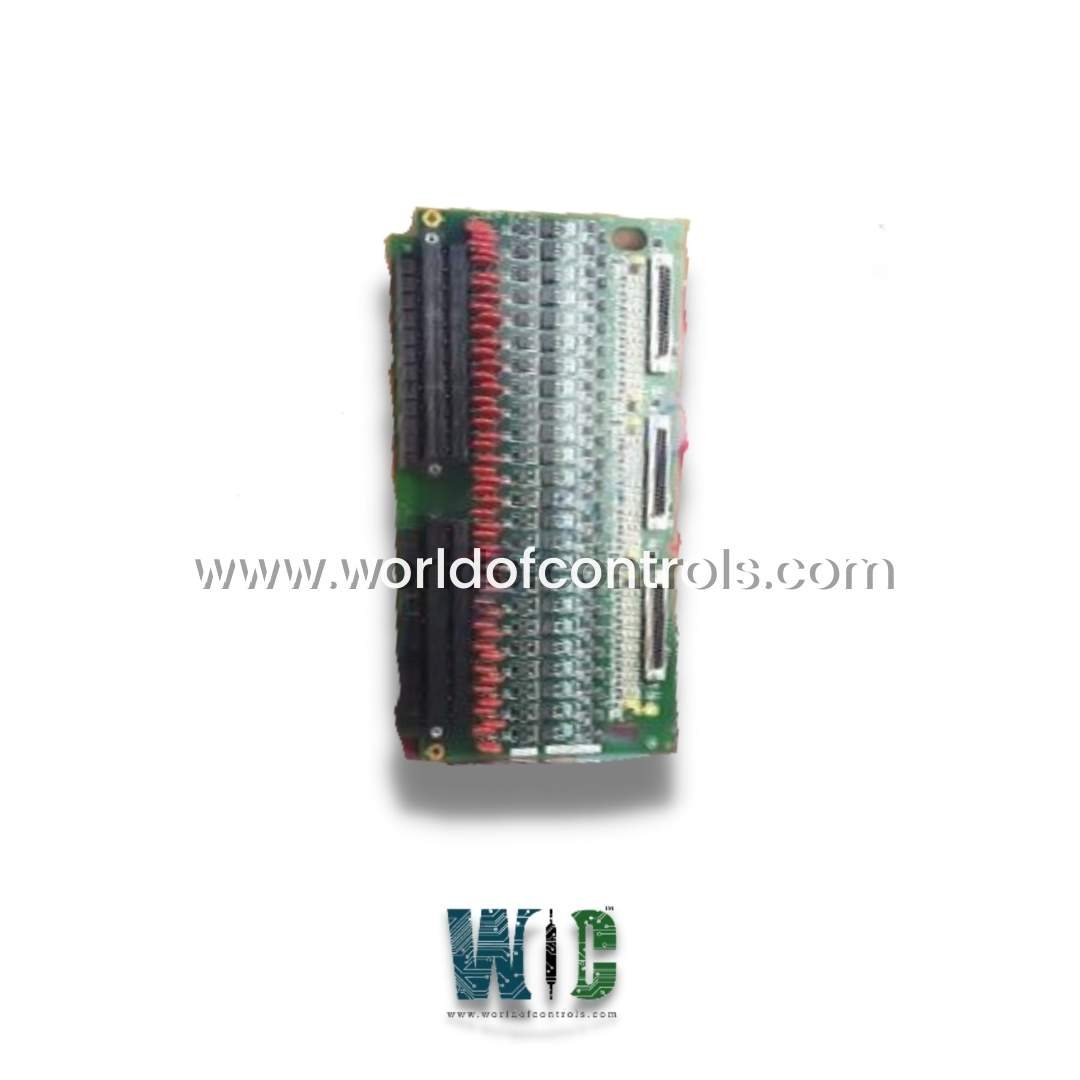
World Of Controls understands the criticality of your requirement and works towards reducing the lead time as much as possible.
IS200TICIH1A - Isolated Digital Contact Input Terminal Board is available in stock which ships the same day.
IS200TICIH1A - Isolated Digital Contact Input Terminal Board comes in UNUSED as well as REBUILT condition.
To avail our best deals for IS200TICIH1A - Isolated Digital Contact Input Terminal Board, contact us and we will get back to you within 24 hours.
SPECIFICATIONS:
Part Number: IS200TICIH1A
Manufacturer: General Electric
Series: Mark VIe
Product Type: Isolated Digital Contact Input Terminal Board
Number of Input channels: 24
Common Mode Voltage Range: +5 V dc
Maximum Lead Resistance: 15Ω
Analog output current: 0-20 mA
Input Voltage: 200 -250 V dc
Operating Temperature: -30 to +65 °C
Size: 17.8 cm high x 33.02 cm
Frequency: 50 or 60 Hz
Repair: 3-7 days
Availability: In Stock
Weight: 2 lbs
Country of Origin: United States
Manual: GEH-6721D
FUNCTIONAL DESCRIPTION:
IS200TICIH1A is an Isolated Digital Contact Input Terminal Board manufactured and designed by General Electric as part of the Mark VIe Series used in GE Distributed Turbine Control Systems. The isolated digital input terminal board (TICI) provides 24-point isolated voltage detection circuits to sense a range of voltages across relay contacts, fuses, and switches. In the Mark VI system, the TICI is controlled by the VCCC board. Cables with molded plugs connect the terminal board to the VME rack where the I/O boards are mounted. Simplex and TMR systems are supported.
INSTALLATION:
WIRING: The 24 isolated digital inputs are wired directly to two I/O terminal blocks mounted on the terminal board. These blocks are held down with two screws and can be unplugged from the board for maintenance. Each block has 24 terminals accepting up to #12 AWG wires. A shield terminal strip attached to chassis ground is located immediately to the left of each terminal block.
CABLING CONNECTIONS: For a simplex system, connector JR1 is used; for a TMR system, all three connectors are used. Cables or I/O packs are plugged in depending on the type of Mark VI or Mark VIe system, and the level of redundancy.
OPERATION:
No contact excitation is provided on the terminal board. Each input is electrically isolated from all others and the active electronics. There are two groups of the TICI with different nominal voltage thresholds.
TICIH1 Input Voltage Ranges Are:
TICIH2 Input Voltage Range Is:
WOC has the largest stock of OEM Replacement Parts for GE Distributed Control Systems. We can also repair your faulty boards and supply unused and rebuilt boards backed up with a warranty. Our team of experts is available around the clock to support your OEM needs. Our team of experts at WOC is happy to assist you with any of your automation requirements. For pricing and availability on parts and repairs, kindly contact our team by phone or email.
What is an Isolated Digital Contact Input Terminal Board?
An Isolated Digital Contact Input Terminal Board is a hardware component used in industrial control systems and automation applications. It is designed to receive and process digital signals (usually ON/OFF states) from external devices such as switches, sensors, or relays.
What are the advantages of using an isolated digital input board?
The main advantage is the enhanced protection it provides to the main control system. Isolation prevents electrical faults or surges in the field wiring from damaging the control hardware. It also improves system stability by eliminating ground loop issues and reducing signal noise. Additionally, isolated inputs allow for safer maintenance and operation, as there’s a lower risk of electrical hazards spreading through interconnected systems.
How many channels does a typical board support?
The number of input channels varies depending on the design. Common configurations include 8, 16, 32, or even 64 channels per board. Each channel is capable of monitoring an individual contact or signal, allowing multiple input points to be managed through a single board.